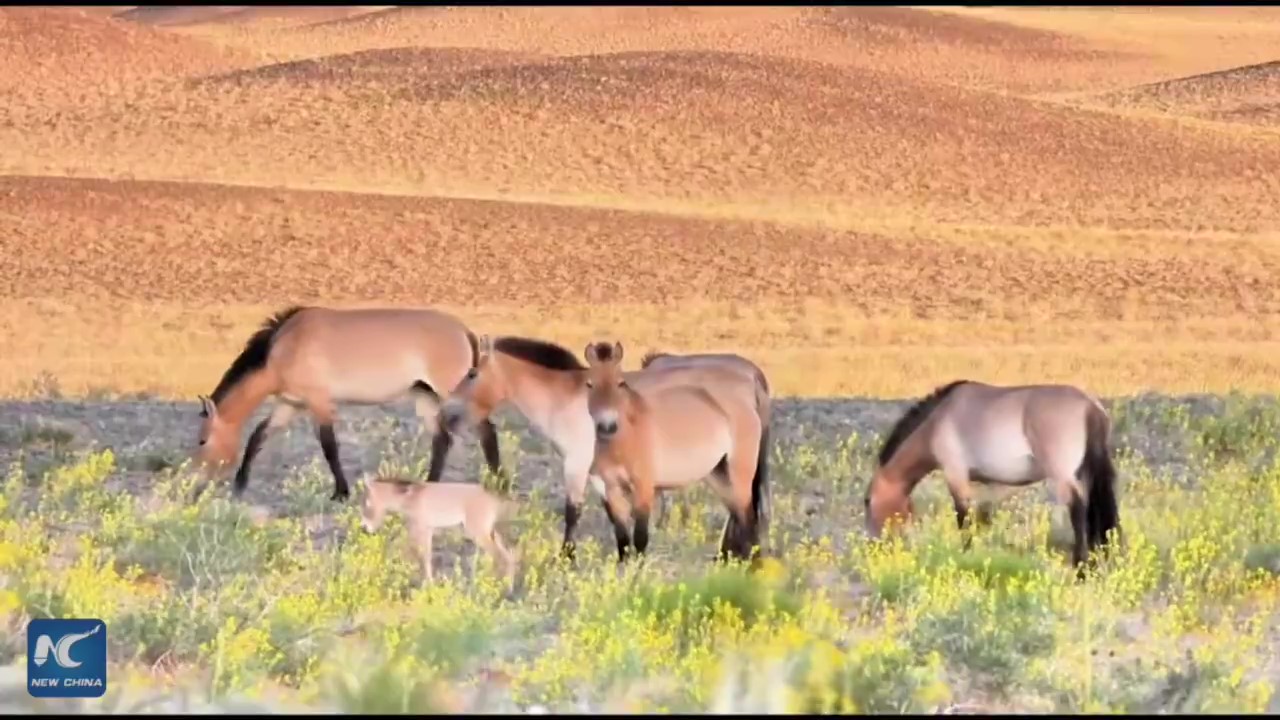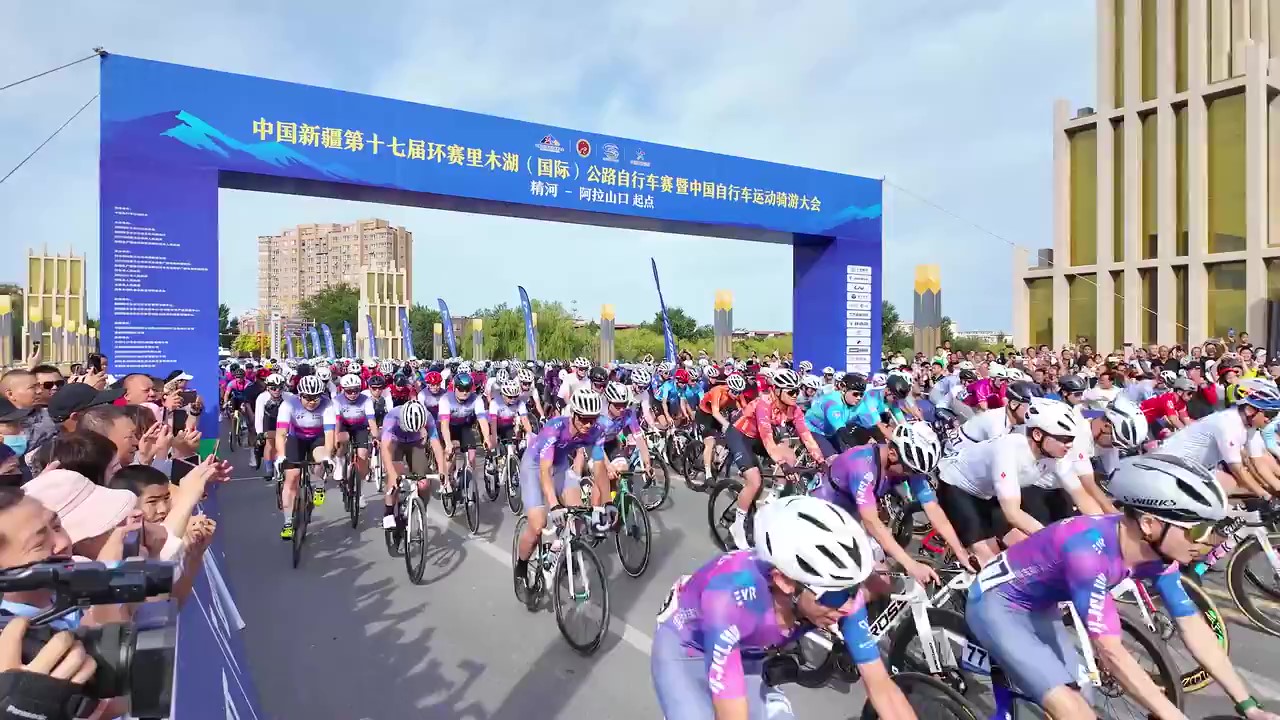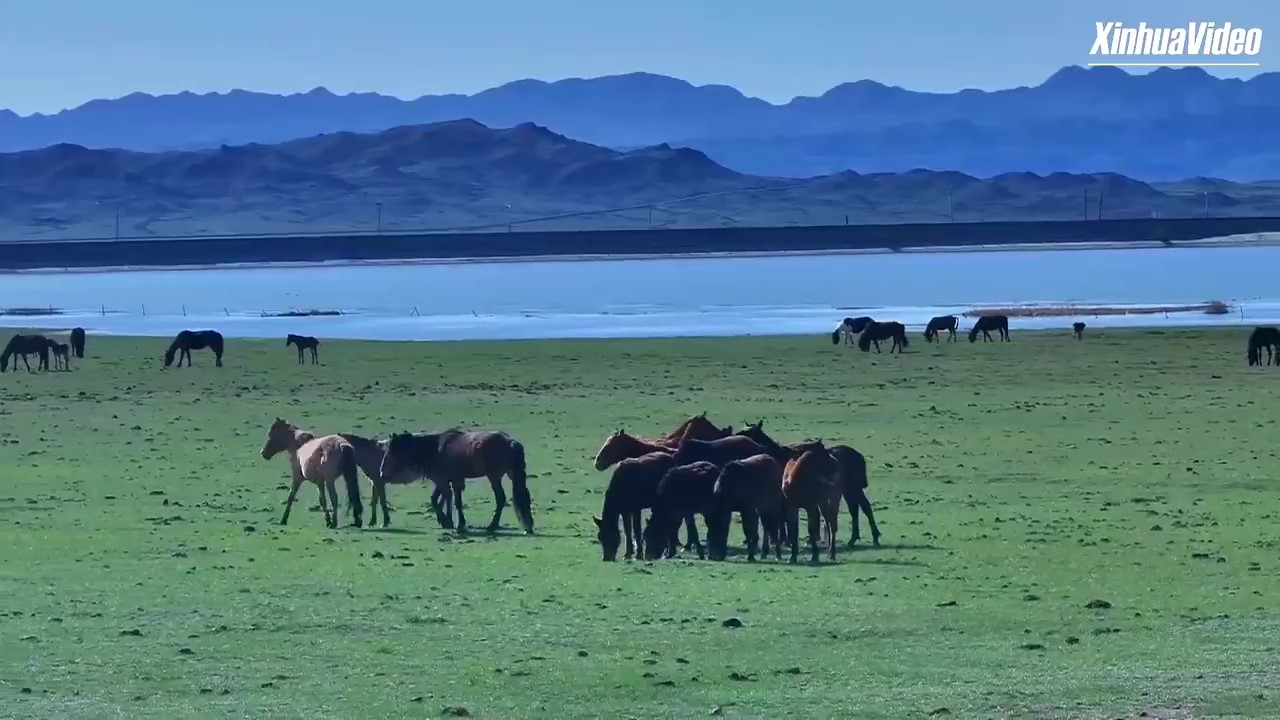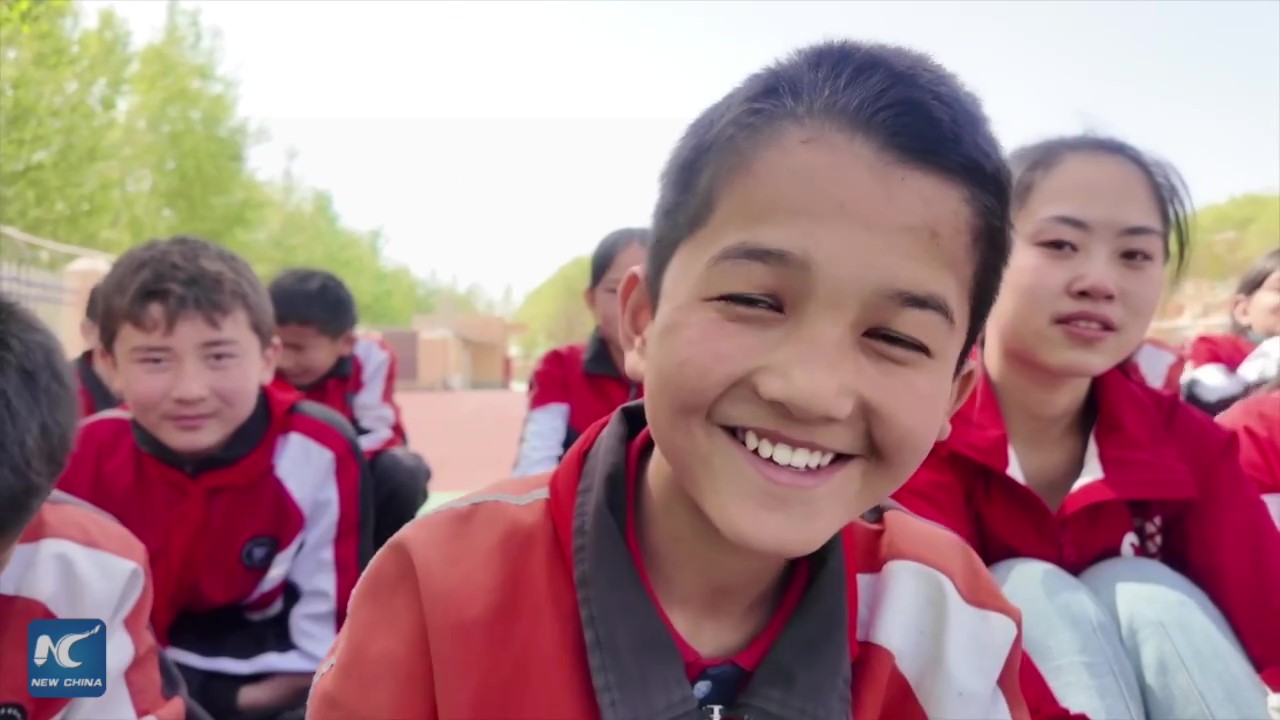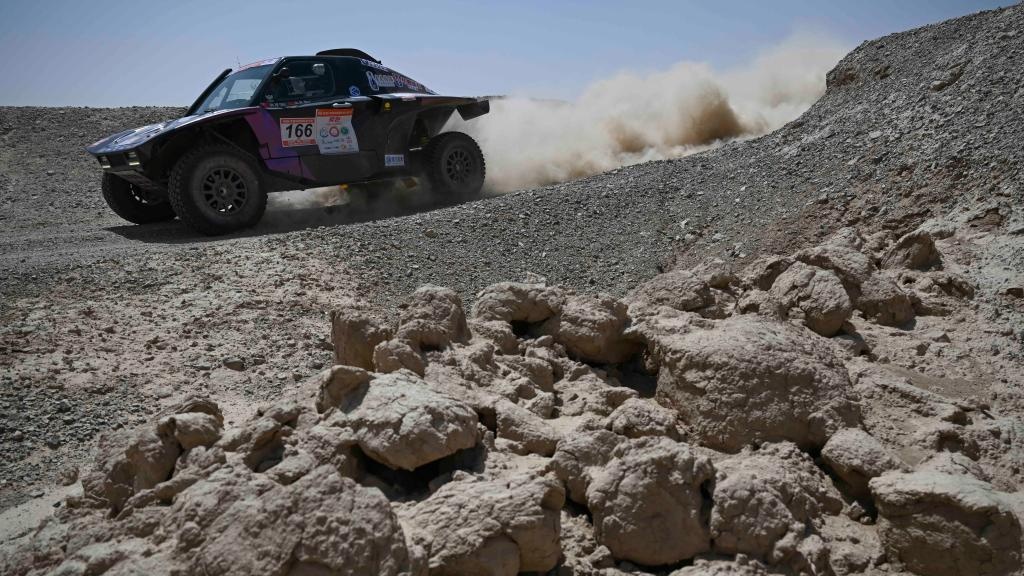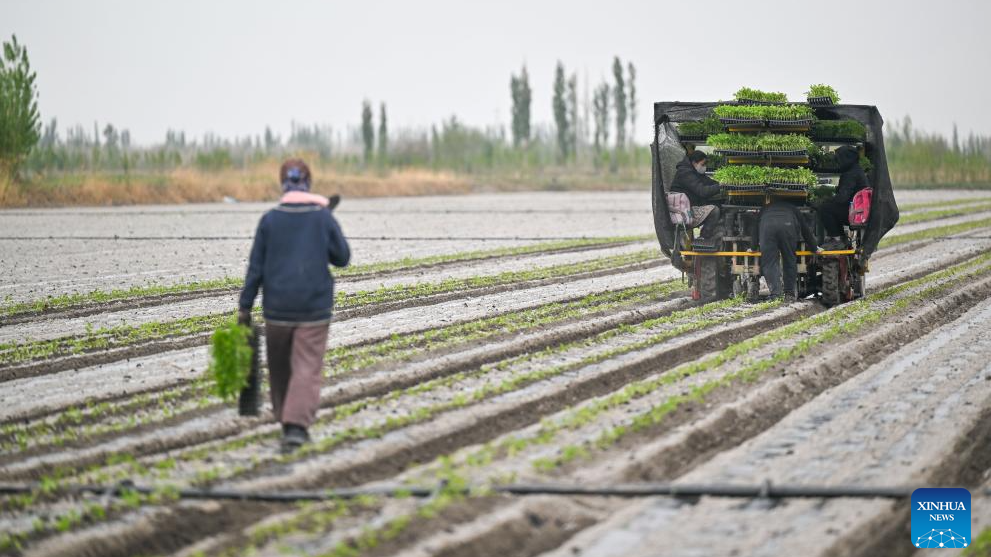Group works as force for development and prosperity in autonomous region
The past decade is of great significance to more than 3 million members of the Xinjiang Production and Construction Corps, as they have had success in promoting the Xinjiang Uygur autonomous region's economic and social development under the guidance of Xi Jinping Thought on Socialism with Chinese Characteristics for a New Era, local officials said.
In October 1954, the central government decided to demobilize troops in Xinjiang and established the corps to build arable and stock farms in the harsh environments of the Gobi Desert and the region's border areas.
Since late 2012, the corps has profoundly advanced its reforms and deepened integration with the autonomous region to answer the call of the Communist Party of China Central Committee.
It has also strengthened functions and roles as a stabilizer for securing national borders, a melting pot for uniting people of all ethnic groups and a demonstration area for developing advanced productive forces and culture.
As a result, Xinjiang has witnessed the healthy development of its economy, a harmonious and stable society and united ethnic groups, and the people there have lived and worked in peace and contentment over the past 10 years.
In the face of the complex international situation and arduous domestic tasks of continuing reform and development and maintaining stability, the corps has implemented the Party's strategy in the new era and coordinated COVID-19 pandemic prevention and control with economic and social development.
The GDP of the corps increased from 119.6 billion yuan ($17.4 billion) in 2012 to 339.6 billion yuan in 2021, with an average annual increase of 9.7 percent.
Its economic structure has also been continuously optimized. In 2021, the added value of its primary industry reached 78.6 billion yuan, an increase of 84.1 percent over 2012;that of its secondary industry reached 128.6 billion yuan, 1.5 times more than in 2012; and that of its tertiary industry reached 132.4 billion yuan, 1.4 times more than in 2012, with an average annual increase of 10.3 percent.
Moreover, the corps has been strengthening its comprehensive capacity in agricultural production, in a bid to better safeguard China's food security and secure the supply of key agricultural products.
In 2021, its grain output hit a record high of 2.81 million metric tons, an increase of 53.9 percent over 2012.
The corps has also been the biggest cotton grower in Xinjiang in recent years. It produced more than 2.08 million tons of cotton in 2021, about 41 percent of the total cotton production of the region.
The corps now has 14 divisions and more than 170 regiments, and administers 11 cities and 63 towns.
haonan@chinadaily.com.cn

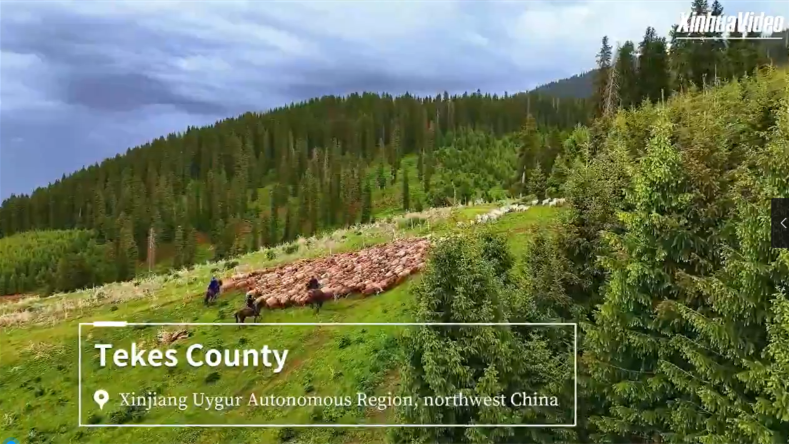
.png)

.png)

.png)






